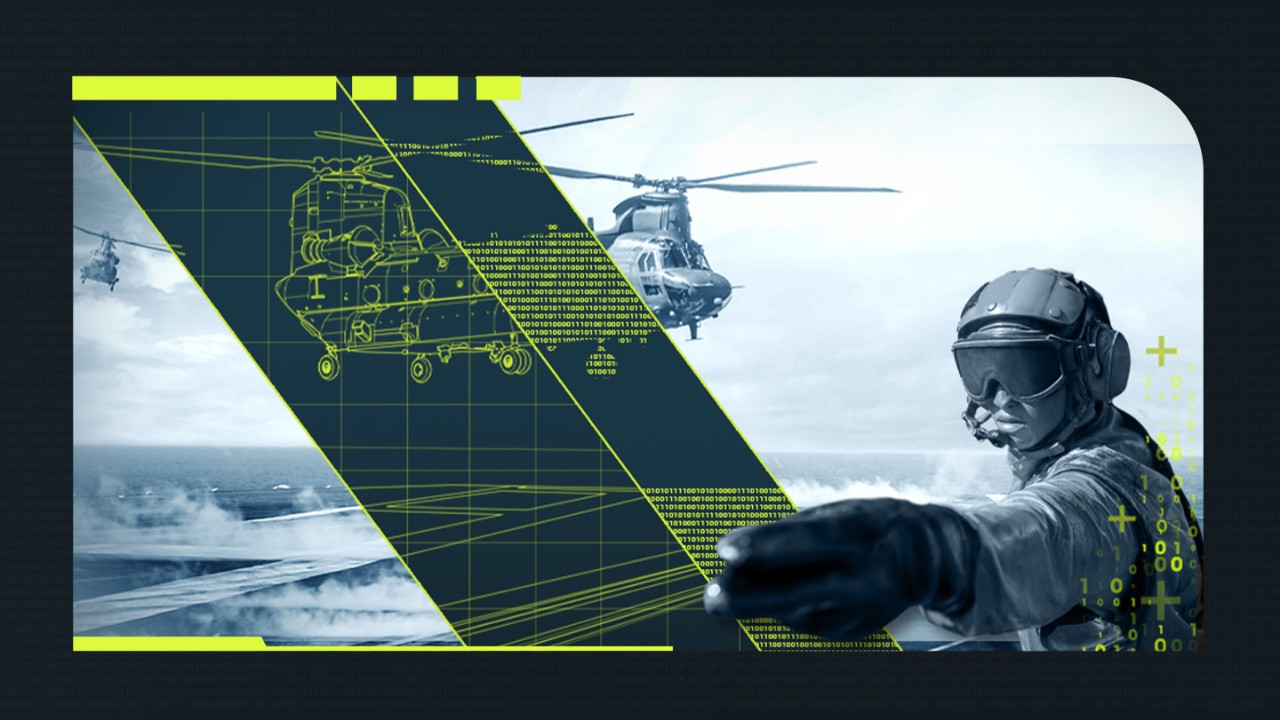Special operations, space, and cyber forces share responsibility for conducting and supporting kinetic and non-kinetic operations in all domains, operating in contested or denied areas, and conducting or supporting information operations. The SOF-space-cyber triad is a new doctrine that integrates and synchronizes the capabilities and operations of these forces. From gray zone operations short of conflict to large-scale contingency operations, each of the forces may conduct intelligence, surveillance, and reconnaissance (ISR), direct action, and enable foreign partners. SOF may provide access for cyber forces to defend forward, while cyber forces may provide capabilities for SOF to access non-permissive or denied areas, or space forces could enable SOF and cyber forces with access or intelligence of special communications capabilities. The integration of these forces provides the joint force with a broad menu of asymmetric capabilities. DOD should prioritize resourcing the triad, accelerate operational use cases, and develop the special technologies and training required to fully optimize the triad.
- DOD should resource SOF, space, and cyber forces to effectively operate together—and with the joint force as a whole—using common tools and technology.
- DOD should develop policies and operational use cases for employment of the full range of capabilities inherent to the triad. SOF, space, and cyber capabilities can access denied areas through other domains to conduct intelligence, influence, and effects operations. The triad enables the joint force to fight the close fight, provide support from sanctuary, and project influence at the tactical to global level.
- DOD should develop and resource special technologies and training capabilities such as digital ranges, hyper-realistic simulations, and covert communications. These are required to train and develop an operational force capable of conducting multidomain operations utilizing unique SOF/space/cyber capabilities. These forces should be trained to operate in both integrated and independent scenarios across the spectrum of permissive/non-permissive and contested/non-contested environments.
On the future battlefield, achieving effective “convergence” of non-kinetic and kinetic capabilities across all domains faster and more effectively than peer and near-peer adversaries possessing robust all domain capabilities will be the single most important capability and asymmetric advantage for the U.S. and its allies.
Our potential adversaries will actively contest the joint force across all domains and the information environment throughout the operational continuum.
Cyber forces will play a leading role in creating convergence. They operate and defend joint force networks, data, and weapon systems enabling the joint force to achieve convergence. At the same time, they will attack adversary systems to degrade and disrupt their ability to effectively integrate and synchronize all domain capabilities.
The SOF-Space-Cyber Triad provides a wide range of integrated operational capabilities to create asymmetric advantage for the joint force.
If deterrence fails, winning the first fight matters, and DOD should accelerate the necessary changes to organizations, culture, processes, and capabilities that ensure the joint force wins decisively on the future battlefield against any adversary—anywhere.
